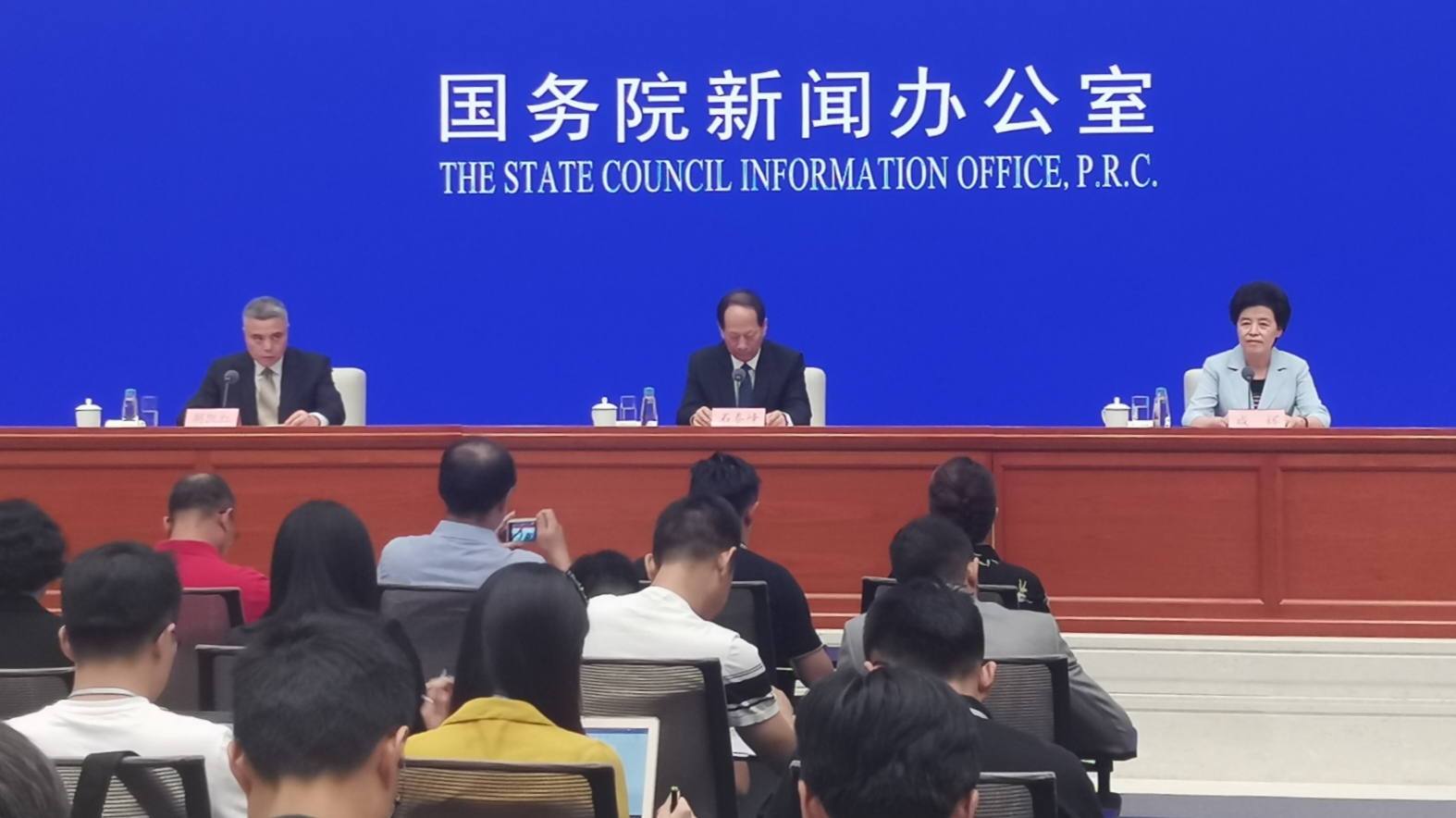

The State Council briefed on the development progress of Ningxia Hui Autonomous Region. A place that once was a closed, poor, barren land with little to offer the world has blossomed into a productive, holistic area in northwestern China.
Founded in 1958, Ningxia Hui Autonomous Region (Ningxia) has experienced one of China's most rapid turnarounds, especially in over 40 years of China's reform and opening-up. Few areas of the country have developed as Ningxia has.
Its GDP sat at 370 billion yuan (about 51.77 billion U.S. dollars) by the end of 2018, 285 times what it was in 1978, at the dawn of China's reform and opening-up.
"Ningxia is an underdeveloped region, and the imbalance of development is very prominent. But we believe that the more underdeveloped a region is, the more innovative-driven strategies should be implemented. We insist on this principle and focus on innovation, aiming to accelerate technology-driven development," said Shi Taifeng, Secretary of Ningxia Hui Autonomous Regional Committee of the Communist Party of China.
In the last four decades, the region has made continued efforts to boost dynamism.
There are now 201 foreign-invested enterprises and two billion U.S. dollars of foreign capital in use in the region.
But the region has not forgotten its responsibilities to environmental protection. Ningxia has witnessed enormous ecological changes, with grassland coverage reaching 50 percent.
"We adhere to the principle that clear waters and green mountains are like gold and silver. A quarter of the land is drawn within an ecological red line to ensure that development and construction do not cross the border. Now, Ningxia's energy consumption and water consumption are declining," said Shi.
"We hope to solve the problems of air quality, problems on land and in the water at the same time, to address thorny environmental issues," he added.

Copyright © 2018 CGTN. Beijing ICP prepared NO.16065310-3
Copyright © 2018 CGTN. Beijing ICP prepared NO.16065310-3